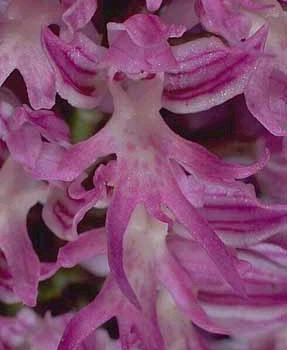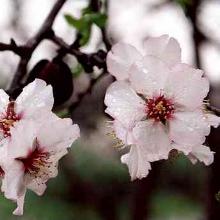|
 |
ADVERTISEMENT... |
 |
|
|

|
FLOWERS IN GREEK MYTHOLOGY |
Valentine.gr |
|
|
Orchid-Orchis.
In Greek
mythology, Orchis was the son of a nymph and a satyr. During a celebratory feast for
Bacchus, Orchis committed the sacrilege of attempting to rape a priestess, resulting in his being torn apart by wild
beasts, then metamorphosing into a slender and modest plant.

|
|
Theophrastus was the first of the Western authors to mention
orchids. It was he who first applied the name Orchis
scientifically, echoing the myth of Orchis and reflecting the resemblance of the double root tubers to the male genitalia that got old Orchis in trouble in the first
place. Greek women thought they could control the sex of their unborn children with Orchid
roots. If the father ate large, new tubers, the child would be
male; if the mother ate small tubers, the child would be female.
|
|
 Almond-Almond
tree Almond-Almond
tree
Greek mythology tells of the beautiful princess
Phyllis, who was The daughter of a
Thracian king. She fell in love with Theseus' son Demophon. The young
man had ended up there while sailing home from Troy, and the king gave
him part of his kingdom and married him to his daughter.
After some time Demophon missed Athens so much that he asked to go
home for a while. Phyllis agreed after he had promised he would be
back soon, and off he sailed. Phyllis was left waiting at the altar on her wedding day by her
intended, Demophon. Phyllis waited for years for him to return, but finally died of a broken
heart. In sympathy, the gods transformed Phyllis into an almond tree, which became a symbol of
hope. When the errant, remorseful Demonphon returned to find Phyllis as a
leafless, flowerless tree, he embraced the tree. The tree suddenly burst into
bloom, a demonstration of love not conquered by death.
|
|

|
 |
ADVERTISEMENT... |
 |
|
|

|
